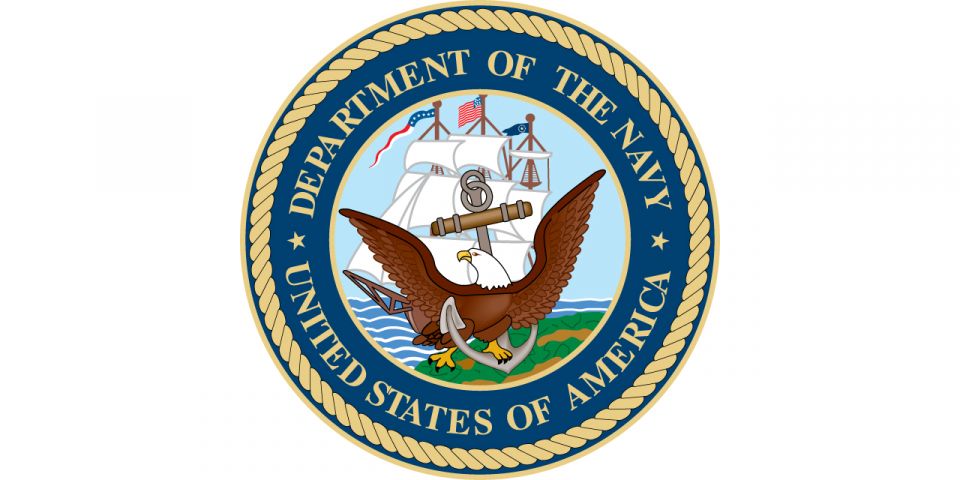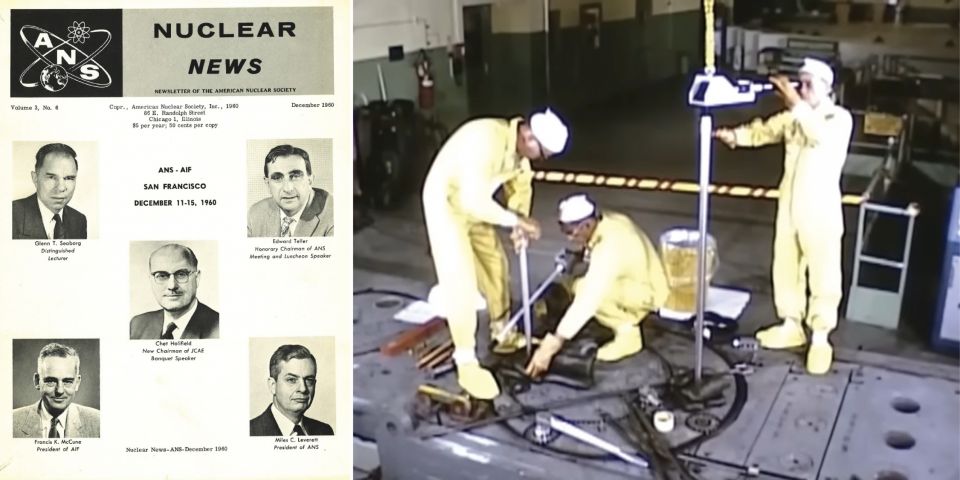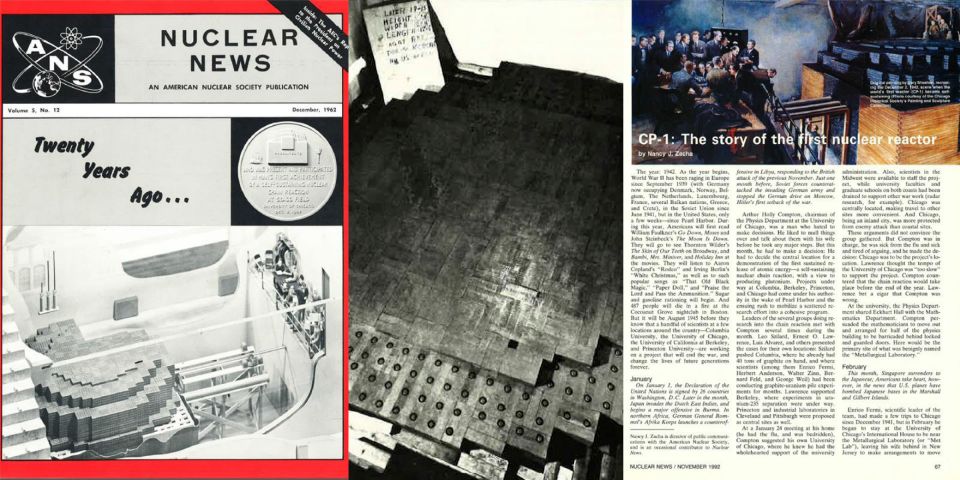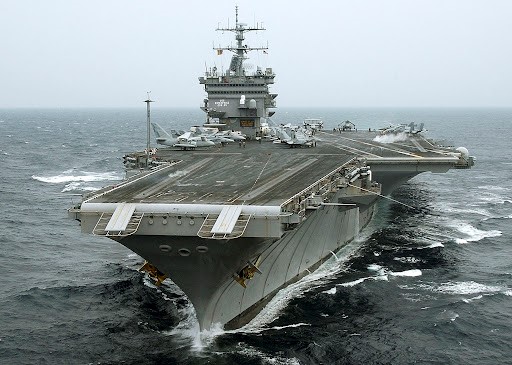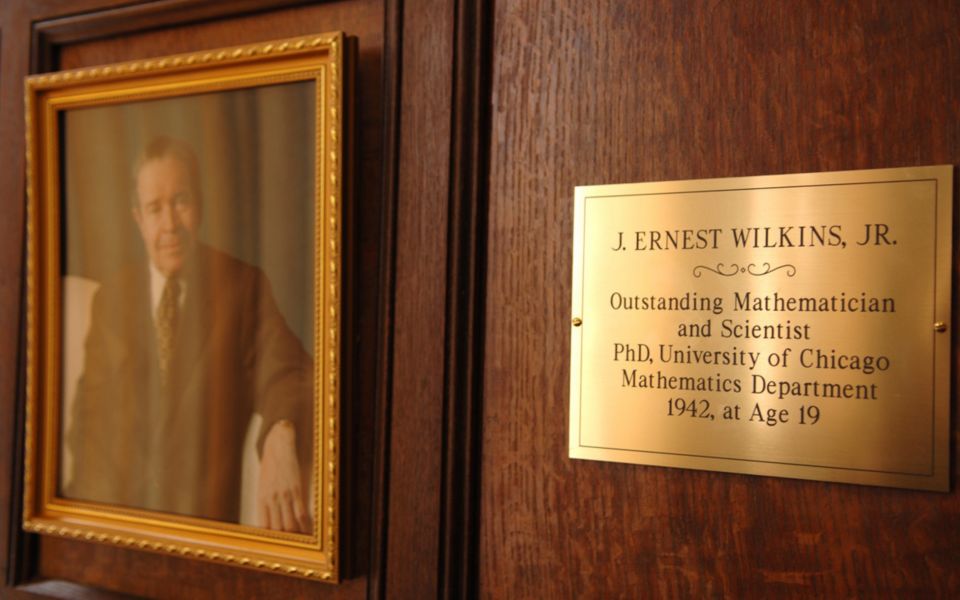The US Army’s Nuclear Power Program in Film
Our ANS Nuclear Cafe Friday Matinee feature this week is a film produced to detail the United States Army’s nuclear power program; it was archived and then put online by the US Army Corps of Engineers, Baltimore.
Particularly in the decade of the 1950’s there was an enormous rush in all quarters of the varied branches of the military forces of the United States to determine whether or not nuclear energy could be put to any practical use. Sometimes, there were projects that just didn’t make sense; usually these were cancelled early. However, quite a number reached hardware stages even without any real guarantee of operational deployment; the Air Force’s nuclear powered bomber concept comes to mind as one of those projects not really likely to be deployed but for which much was spent and some hardware built before cancellation. (This includes a 3 MWt air cooled reactor carried aloft in the converted NB-36 bomber, as well as GE aircraft power plants now displayed at INL by EBR-I.)
The Army had unique ops problems, some of which nuclear power theoretically could solve. Operationally it was felt that nuclear power could and should displace power generation in many areas, particularly in a potential land war scenario where generation would be set up as the Army advanced; this would free up diesel fuel (being used in stationary generator sets) for use in forward deployed vehicles such as combat tanks and ease logistics. Aside from potential mobile combat operations the Army was tasked with operating a wide variety of fixed or semi-fixed outposts worldwide such as remote radar stations near the arctic – a deployment that nuclear could certainly solve if built in the proper way.
Because of these needs for mobility and/or deployment to distant locations it became, more or less, the hallmark of Army nuclear proposals to be mobile – which is to say constantly movable, or else unitary in construction to allow transport by air or truck to such location as the plant was to be operated, which would then become semi-fixed. The design creativity required to meet these mobile demands pushed the limits of the technology of the day and encompassed both light water and what we’d call “advanced” reactors today as well.
Our film runs just about 24 minutes and unfortunately the sound level is very low in this transcription, so you’ll need to turn you volume up considerably or else use headphones. Even with this the film has much to offer – and shows a glimpse of what can be done when there’s a major government and private cooperative effort to develop and deploy a variety of technologies rapidly.
For more information: The first operational Army nuclear plant was the APPR, later called SM-1, located at Fort Belvoir, Virginia. Read more about that plant here at ANS Nuclear Cafe!
Will Davis has been a member of the Board of Directors for the N/S Savannah Association, Inc. He has been a contributing author for Fuel Cycle Week, and wrote his own popular blog Atomic Power Review. Davis is also a consultant and writer for the American Nuclear Society, and serves as Vice Chair of ANS’ Book Publishing Committee. He is a former U.S. Navy reactor operator and served on SSBN-641, USS Simon Bolivar. His popular Twitter account, @atomicnews is mostly devoted to nuclear energy. He likes to collect typewriters and early pocket calculators, which are piling up.



